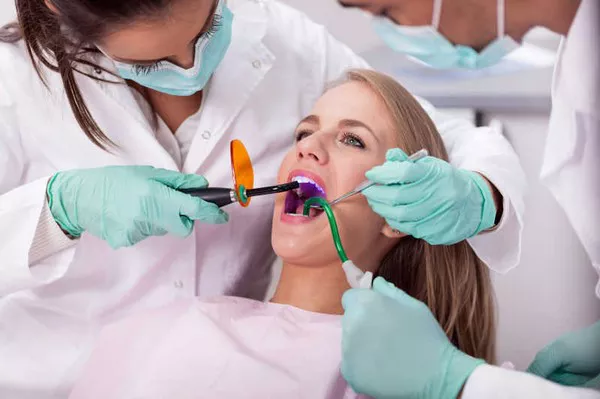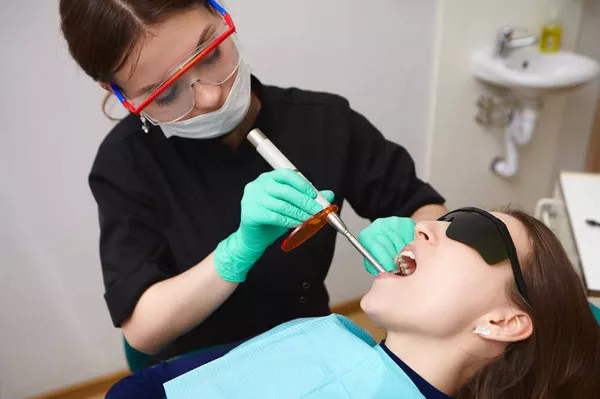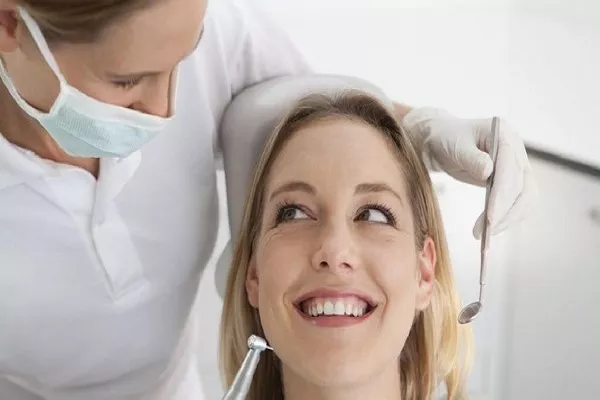Wisdom teeth removal is a common dental procedure, and proper post-operative care is essential for a smooth recovery. One crucial aspect of recovery is maintaining oral hygiene without disrupting the healing process. In this detailed guide, we will explore the best practices for cleaning your mouth after wisdom teeth removal.
Understanding the Importance of Oral Hygiene Post-Extraction
Follow Professional Guidance:
Your oral surgeon or dentist will provide specific post-operative instructions tailored to your case. These guidelines will include information on how to clean your mouth effectively without compromising the healing process.
Gentle is Key:
The surgical sites where your wisdom teeth were removed are sensitive and require gentle care. Be mindful of your movements while cleaning to avoid causing any irritation or damage to the healing tissues.
Immediate Post-Operative Care
Avoid Disturbing Blood Clot:
After the extraction, a blood clot forms in the surgical site, promoting healing. It is crucial to avoid activities that may dislodge the clot, such as vigorous rinsing, sucking through straws, or smoking. Dislodging the clot can lead to a painful condition known as dry socket.
Rinse with Saline Solution:
Your dentist may recommend rinsing your mouth with a saline solution to keep the area clean. Mix a teaspoon of salt with warm water and gently swish the solution in your mouth without excessive force. This helps remove debris and bacteria without disrupting the healing process.
Choosing the Right Oral Care Products
Soft-Bristled Toothbrush:
Use a soft-bristled toothbrush to clean your teeth and gums. The soft bristles are less likely to cause irritation to the surgical sites while still effectively removing plaque and bacteria. Brush gently and pay extra attention to areas away from the extraction sites.
Toothpaste without Harsh Ingredients:
Choose a toothpaste that is free from harsh ingredients, such as strong flavors or abrasive particles. A mild, non-irritating toothpaste can help maintain oral hygiene without causing discomfort to the healing tissues.
Proper Brushing Technique
Be Gentle:
Brush your teeth gently, especially around the extraction sites. Use small, circular motions to clean the teeth and gums without applying excessive pressure. Allow the bristles to do the work rather than relying on force.
Avoid the Surgical Sites:
During the initial days post-extraction, be cautious around the surgical sites. Avoid direct brushing on the wounds to prevent any disturbance to the blood clot or the healing tissues. Focus on the remaining teeth and the surrounding gum areas.
Incorporating Mouthwash into Your Routine
Dentist-Approved Mouthwash:
Consult your dentist about using a suitable mouthwash during the recovery period. They may recommend a gentle, alcohol-free mouthwash to help kill bacteria and promote a clean oral environment. Always use the mouthwash as directed by your dentist.
Avoid Alcohol-Based Products:
Steer clear of mouthwashes containing alcohol, as they can be too harsh on the healing tissues. Alcohol-free alternatives are less likely to cause irritation while still providing effective antimicrobial benefits.
Hydration and Healthy Diet
Stay Hydrated:
Adequate hydration is crucial for overall health and can indirectly support oral healing. Water helps flush out bacteria and debris from the mouth, promoting a cleaner environment for the surgical sites to heal.
Choose Nutrient-Rich Foods:
Maintain a balanced diet rich in vitamins and minerals to support your overall health and aid in the healing process. Choose soft, easy-to-chew foods that don’t require excessive chewing, reducing the risk of irritation to the surgical sites.
Managing Discomfort and Swelling
Cold Compress for Swelling:
If you experience swelling, applying a cold compress to the external cheek area can help reduce inflammation. Use a cloth or towel to cover the ice pack and apply it in intervals during the first 24 hours post-extraction.
Pain Medication as Prescribed:
Take any prescribed pain medications as directed by your dentist. Over-the-counter pain relievers may also be recommended. Always follow the recommended dosage and consult your dentist if the pain persists.
Potential Complications and When to Seek Help
Signs of Infection:
Be vigilant for signs of infection, including increased pain, swelling, redness, or discharge from the surgical site. If you suspect an infection, contact your dentist promptly for evaluation and potential antibiotic treatment.
Persistent Bleeding:
While some oozing of blood is normal initially, persistent or heavy bleeding requires immediate attention. Bite on gauze as instructed and avoid activities that may increase blood flow to the head. If bleeding persists, contact your oral surgeon promptly.
Gradual Resumption of Normal Activities
Ease Back into Routine:
While rest is essential during the initial recovery period, gradually reintroduce normal activities as your condition improves. Avoid strenuous exercise for the first few days, and be cautious with activities that could impact the surgical site.
Scheduled Follow-up Appointments:
Attend any scheduled follow-up appointments with your dentist or oral surgeon. These visits allow them to assess your healing progress, address any concerns, and make necessary adjustments to your treatment plan.
Conclusion
Caring for your mouth after wisdom teeth removal involves a combination of gentle oral hygiene practices, proper product selection, and overall health maintenance. By following professional guidance, choosing suitable oral care products, and being attentive to your body’s signals, you can navigate the post-extraction period with minimal discomfort and promote optimal healing. Remember, each individual’s recovery may vary, so consult your dentist for personalized advice and support. Your commitment to post-operative care plays a crucial role in ensuring a successful and comfortable recovery from wisdom teeth removal.
Can I Eat Chips 2 Weeks After Wisdom Teeth Removal
Can I Eat Mac And Cheese After Wisdom Teeth Removal
Can I Eat Pizza After Wisdom Teeth Removal































